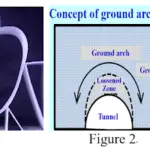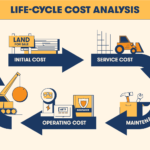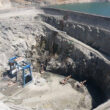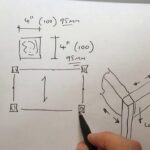Liquefaction is a state of water- saturated, mostly cohesion-less soil whose shear strength is reduced to zero due to pore water pressure produced by vibration during an earthquake. The soil starts behaving like a liquid.
For more details on Soil Liquefaction Please refer to Original Article about Soil Liquefaction.
Following are the two types of Soil Liquefaction :-
Flow Liquefaction
In this type of liquefaction affective stress is not necessarily required to be zero. The soil in the slope is required to maintain equilibrium in order to stay there if the strength of the soil is reduced below that stress than a flow failure will take place due to cyclic loading which may be sudden and catastrophic. Casagrande referred this phenomenon as Flow liquefaction.
One of the example of flow liquefaction occurs is Aberfan South Wales disaster which occurred on 21 October, 1966 killing 144 where over 40,000 cubic meters f debris covered the village in minutes. It was caused by a build-up of water in the accumulated rock and shale which suddenly started to slide downhill in the form of slurry.
Cyclic Liquefaction
Due to cyclic loading, may be in response of earthquake, large shear strains are accumulated which progressively reduces effective stress. On reaching zero effective stress soil immediately expand and dilate.
One a positive thing about liquefaction is that it dampens and reduces the further propagation of earthquake shaking to adjacent buildings at the ground surface. It is because liquids do not support a shear stress so once the soil is liquefied it will not further transfer shaking to buildings.


















